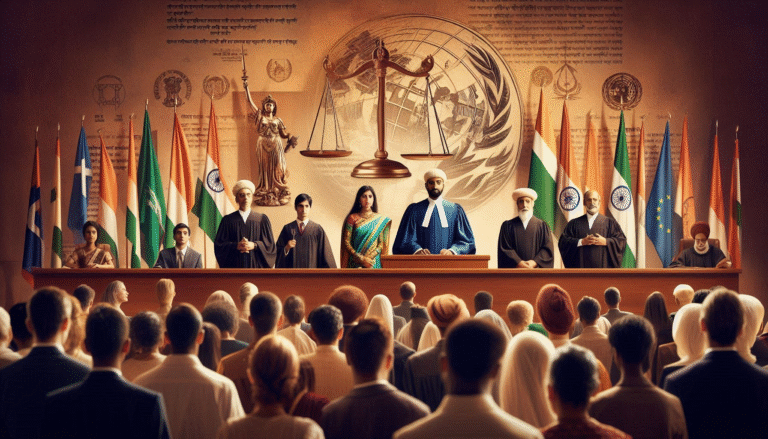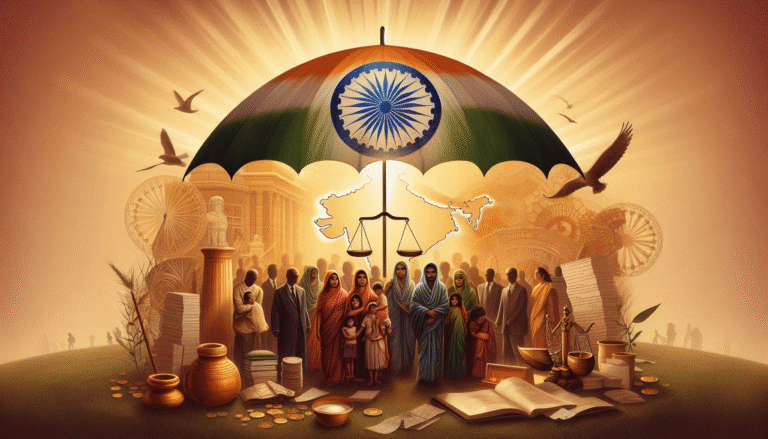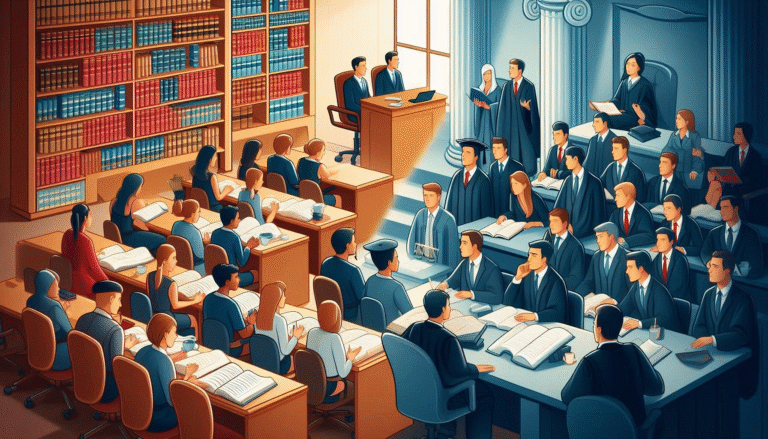
Children in the Criminal and Juvenile Justice System

Introduction
Since the beginning of time, there has been a general assumption that juveniles should be treated leniently because, according to one school of thought, young people tend to respond to serious and prolonged frustration with aggressive approaches.
It has also been noted that the number of crimes committed by children between the ages of 15 and 16 has dramatically increased over the past several years. Early life experiences, dominant masculinity, upbringing, economic chaos, lack of education, etc., are the general propensity or psychology behind the commission of the crime or the causes of crime.
A complex strategy is necessary to address the complex issue of children in the criminal and juvenile justice systems. Children who end up in the legal system frequently struggle with a variety of issues, such as poverty, neglect, abuse, and exposure to violence. These difficulties may result in a number of problems, such as delinquency and criminal activity.
The goal of the juvenile justice system is to treat, educate, and rehabilitate young offenders. However, if a young person commits a significant crime, they might face an adult trial. A criminal record and heavier punishment may follow them for the rest of their lives as a result.
The juvenile justice system prioritizes rehabilitation over punishment for offenders. This approach understands that children are still developing mentally, emotionally, and physically, and their acts may not necessarily reflect their true nature. The objective is to address the underlying problems that brought the kid into contact with the legal system and to give them the resources and assistance they require to contribute positively to society.
The juvenile justice system does have some difficulties, though. Children who are part of the system may experience bias and discrimination, especially if they are members of marginalized groups. They can also not have access to resources that are essential for their growth and well-being, such as education, mental health services, and others.
Indian Juvenile Justice System’s History
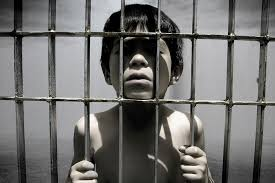
In the modern period, a movement for the particular treatment of juvenile offenders has begun in several industrialized nations, notably the U.K. and the U.S.A. Beginning in the 18th century, this movement. Before this, juvenile offenders received the same treatment as adult offenders.
And on November 20, 1989, the General Assembly of the United Nations adopted the Convention on the Rights of the Child for the same reason. The goal of this treaty is to safeguard the interests of young offenders. According to the Convention, juveniles cannot be the subject of legal proceedings or court trials in order to protect their ability to reintegrate into society.
The Juvenile Justice Act of 1986 is repealed and replaced by new legislation as a result of the Convention. As a result, the Juvenile Justice (Care and Protection of Children) Act, of 2000, was created by Indian legislation.
The Standard Minimum Rules for the Administration of Juvenile Justice, agreed by the U.N. countries in November 1985, were intended to be put into practice by the Juvenile Justice, 1986, which replaced the older Children Act, of 1960.
These were the Act’s main objectives such as
- The act essentially established a uniform framework for juvenile justice across the nation in a way that safeguards young people’s rights and interests.
- It discusses the equipment and infrastructure needed for the protection, development, and rehabilitation of young offenders.
- It outlined the fundamental guidelines for the proper and impartial administration of criminal justice in the event that young offenders commit horrific crimes.
System of juvenile justice in the U.S.A.
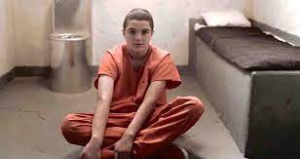
In comparison to other countries, the U.S.A.’s juvenile courts operate more simply and efficiently. The trial of offenders is conducted in an informal manner by American courts. The police officer in charge of the case initially has the complete option to either retain the juvenile offender in the custody of the children, release him right away, reprimand him, or do both. The Juvenile Courts must be contacted by the police in order to inform them of the case and turn the matter over to them.
After a court trial, juvenile offenders are either transferred to Children’s Homes or Certified schools, depending on the court’s order. According to the juvenile justice system in the United States, a juvenile is only tried as an adult when their age is close to adulthood in accordance with the law or when they have committed multiple offenses and have been shown to be a danger to society.
Conclusion
In conclusion, children involved in the juvenile and criminal justice systems need a special strategy that takes into consideration their particular needs and difficulties. It is crucial that decision-makers and those involved in the legal system give these children’s rehabilitation and well-being a top priority and give them the assistance and tools they require to contribute positively to society.
The needs of children who are involved in the justice system must be addressed in a comprehensive manner by policymakers and those who work in the justice system. Access to education, mental health care, and other options that can aid in their rehabilitation and prevent further participation with the legal system are all part of this.
Children who are involved in the justice system may also encounter a number of challenging legal challenges. They might not be aware of the implications of their acts or their legal rights. They might also have trouble understanding the court proceedings or conversing with their attorneys.
It’s crucial to address any underlying problems that might have caused a child to enter the legal system. This covers issues such as tackling poverty, abuse, neglect, and exposure to violence. By addressing these problems, we can contribute to keeping kids out of the legal system altogether.




